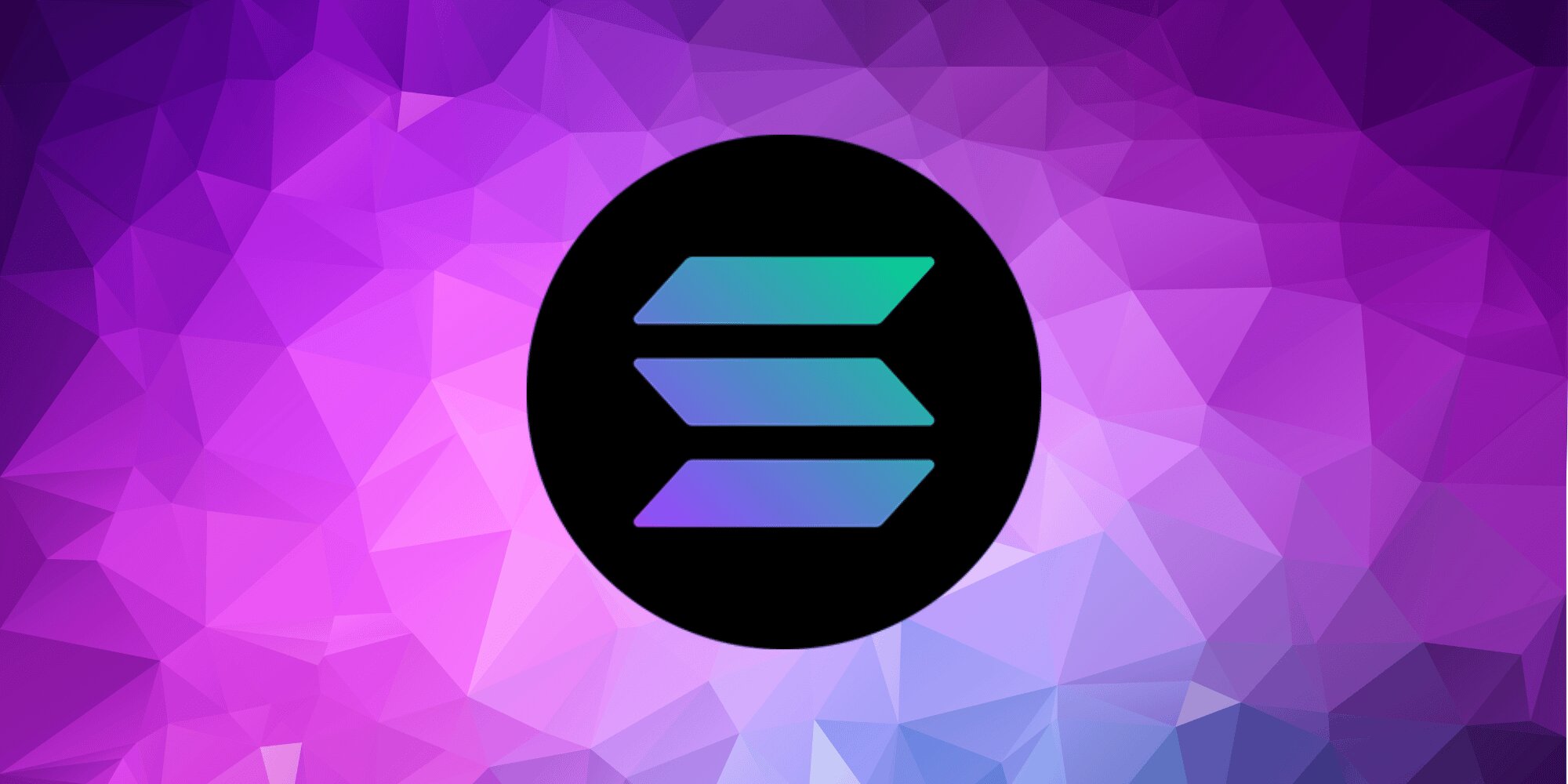Solana (SOL) has emerged as a prominent blockchain platform known for its high-speed transactions, scalability, and developer-friendly ecosystem. Founded in 2020, Solana aims to facilitate decentralized applications (dApps) and decentralized finance (DeFi) solutions with minimal transaction costs and fast confirmation times. This article explores several methods to earn from Solana, detailing strategies, risks, and considerations for each approach.
1. Trading Solana (SOL)
Trading Solana involves buying and selling the cryptocurrency on cryptocurrency exchanges to profit from price fluctuations. Traders can engage in short-term trading (day trading) or long-term holding based on market analysis and trends.
- Tips: Start with a solid understanding of trading principles, use reputable exchanges that support SOL trading pairs, diversify your portfolio, and stay informed about market trends and regulatory developments. Be prepared for volatility and potential losses, as cryptocurrency markets can be highly volatile.
2. Investing in Solana
Investing in Solana entails buying and holding the cryptocurrency as a long-term investment. This approach capitalizes on Solana’s potential for appreciation over time, driven by its technological advancements, scalability, and adoption in the decentralized application ecosystem.
- Tips: Consider dollar-cost averaging (DCA), set realistic investment goals, secure your Solana in reputable wallets (hardware or software), and stay informed about developments in the Solana community and ecosystem.
3. Participating in Solana Ecosystem
Solana’s ecosystem offers various opportunities for individuals to earn SOL:
- Staking: Stake SOL tokens to support network security and earn staking rewards. Solana uses a Proof-of-Stake (PoS) consensus mechanism, where validators secure the network and validate transactions in exchange for rewards.
- Liquidity Provision: Provide liquidity to decentralized exchanges (DEXs) or automated market makers (AMMs) on the Solana blockchain to earn trading fees and incentives from liquidity mining programs.
4. Developing on Solana
Solana’s high throughput and low transaction costs make it an attractive platform for developers to build and deploy decentralized applications (dApps) and smart contracts. Developers can earn SOL through various means:
- Building dApps: Create innovative applications on Solana that address market needs or enhance blockchain functionalities. Developers may earn SOL through token sales, transaction fees, or participation in decentralized autonomous organizations (DAOs).
- Participating in Hackathons and Grants: Solana Foundation and other entities offer grants and incentives for developers to build on the Solana blockchain. Participating in hackathons and competitions can lead to rewards in SOL and recognition within the blockchain community.
5. Participating in Solana Governance
Solana community members can participate in governance by voting on proposals and decisions that shape the future of the blockchain protocol. Governance participants may earn rewards or incentives in SOL for active participation and contribution to the network’s governance process.
Conclusion
Solana offers diverse opportunities for individuals to earn income within the cryptocurrency ecosystem, leveraging its high-speed transactions, scalability, and robust developer ecosystem. Whether through trading, investing, staking, participating in the Solana ecosystem as a developer, liquidity provider, or governance participant, individuals can capitalize on Solana’s technological innovations and growing adoption. Stay informed, diversify strategies, and manage risks to optimize earning potential and financial efficiency in the dynamic landscape of decentralized finance and blockchain technologies.
